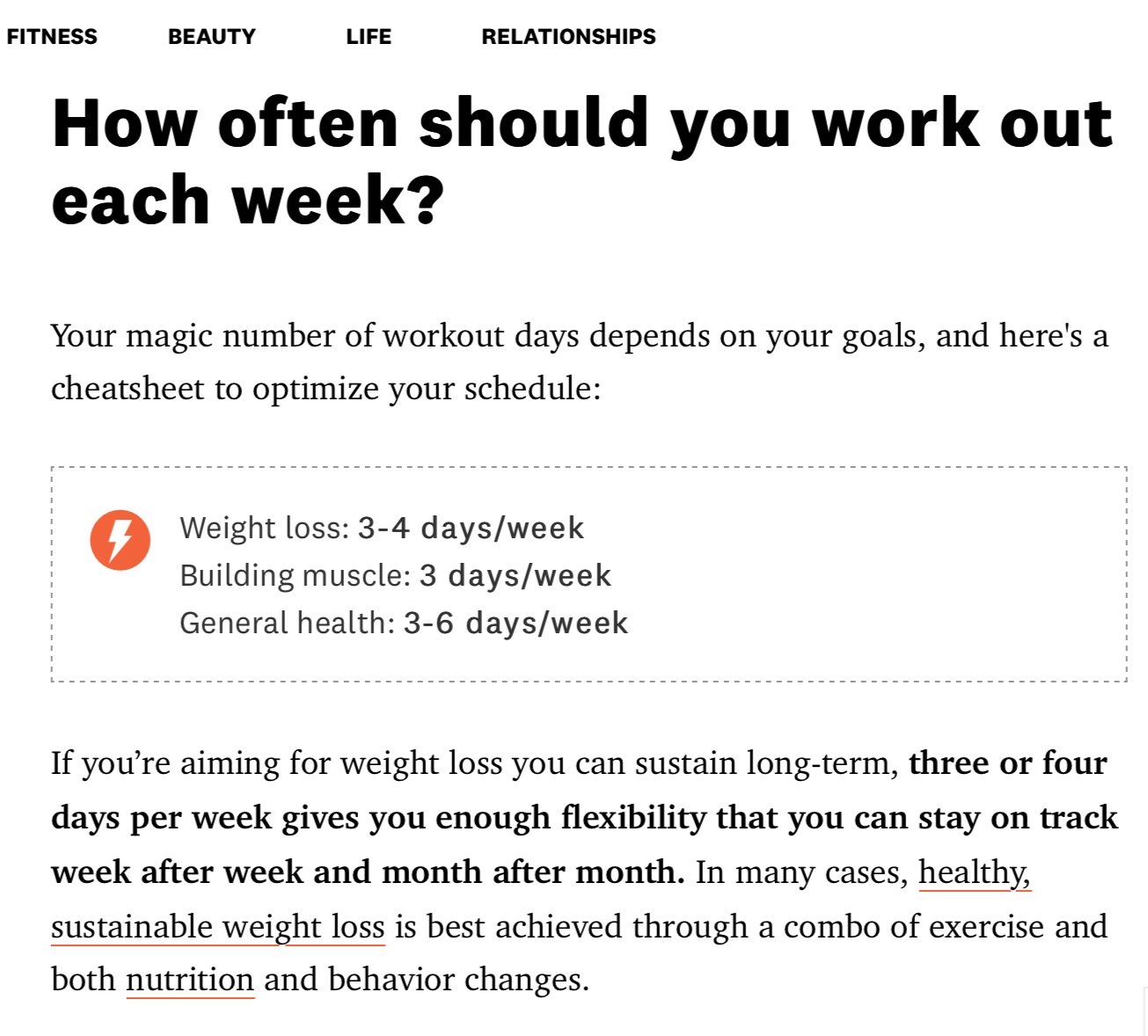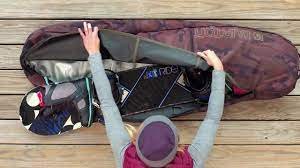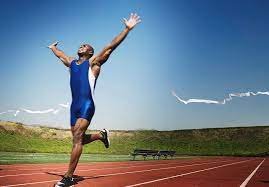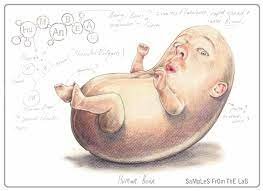Michael Pollan has a beautiful quote about the best way to approach eating:
“Eat real food, not too much, mostly plants.”
Ladies, what if it was that simple to approach your training.
Yes, we all have multivariate goals:
-aesthetic
-athletic
-longevity-based
-performance
-basic life skill readiness
Are five of the first categories that come to my mind.
BUT, this article is specifically for those who want the least stressful, most all-encompassing, and physically effective* approach to their training.
Let’s dive in.
Answer: YES, IT CAN.
Pollan considered three seeds when growing his food philosophy—source, quantity, and selection.
I think we can use his model as a mirror for our fitness lives.
There’s a lot of advice on the male side of the world of fitness, but the female side is bleak. My throat chakra felt a need to voice this guidance so YOU stress less and live more.
How To Fitness The Michael Pollan Way
Here’s how my fitlosophy goes:
“move naturally, move frequently, and mostly overcome resistance.”
The Source of Your Fitness Approach
Move Naturally
What does that even meeeeeean?
Credit: gfycat.com
When it comes to foods, natural is such a broad category that every marketing ploy under the sun has been able to claim providing such. So natural isn’t really a specific enough word. It gets overstretched. Organic is a little better. Biologically-built is even yet a tad better.
I define ‘moving naturally’ as:
moving within and into the outer stretches of the capacity of our human bones and brains.
Coming from apes, we have the dexterity and grip to express holding, carrying, and moving around many different objects—from the perfectly-shaped coffee mug to the awkward sandbag or boulder.
Our upright gait allows us to wander and explore for long stretches of miles, and our very adaptable nervous systems allow us to do so in many different (weather) conditions. Cold, hot, snowy, rainy, dry, sweltering.
As humans, natural movement begins with rolling around on our bellies and backs as little chicklets fresh out the womb. We practice proprioception as we take in the sensory stimuli of our environments. We practice interception as we feel the swings and signals inside of our bodies—the urge to pee, our heart rate, sense of thirst, etc.
Then we crawl, then we walk, then maybe we play sports, then we become adults who are mostly sedentary (I’ll get to that harangue in a little bit—don’tcha worry).
Nothing about moving less frequently and in more rigid boundaries is natural by my definition; it is not moving within our capacity nor stretching our capacity.
What are examples of moving naturally, then?
Hanging from bars/trees
Lunging in all directions (360-degrees)
Jumping between different levels (boxes, tree stumps, rocks, you name it)
Testing how far we can reach overhead with each stroke of a swim (talk about natural—swimming is like re-expressing yourself in the wombspace 👶🏽)
Walking on novel grounds—pebbles and rocks, grasses, sands, wet and dry grounds, etc.
Grabbing objects with our toes
Full diaphragmatic breaths
With other people where touch is involved (dancing, acro yoga, sex, etc.)
On routes that force us to pay attention to where we started, the path we’ve taken, and how to get back to the start (memory-strengthening…i.e. on a hike; learning choreographed dance is also a dose of this as you must remember a series of steps and layer them together over time)
Enduring through movement: walk a long distance, run a long distance, hold a plank for a long time, sit in pigeon pose for a long time…stretches the muscles and the mind
2. Move Frequently
Back in the day, people had to move to live.
Today, society (at least the majority of U.S. society) sees movement as a kind of a luxury or option [would you like sugar with that tea?] (which is also why the U.S. has a term coined The Four Horsemen of Chronic Disease—all preventable diseases with a consistent, healthy amount of lifestyle movement). That’s gotta change.
If you are one of those people who thinks of “movement”—and let’s remember, this is not just visits to the container we call the gym, as an option—STOP. 🛑 STOP NOW.
Movement should be viewed like drinking water, brushing your teeth, calling your loved ones, doing laundry, and tending to your garden.
IT HAS TO BE DONE, AND IT HAS TO BE DONE A LOT.
According to longitudinal research from Harvard University:
-People who sat for an average of 3 hours a day v those who sat for 7 hours a day had a 33% reduced risk of mortality from heart disease.
-People who did light activity for 30 minutes a day (even if it was split up) had a 17% decreased risk of dying in that period.
-People who reduced their sedentary time by one hour per day showed a 26% lower risk of heart disease.
(https://www.health.harvard.edu/heart-health/why-you-should-move-even-just-a-little-throughout-the-day).
I actually don’t love research that focuses on the avoidance of the negative rather than the awakening of the positive, but this gets the point across well: sit less, move more = a recipe for better health.
How ‘frequently’ though?
Women’s Health Mag gives a good starting guideline below.
Credit: dribbble.com
I do have some alterations to this advice.
Firstly, separates the goal of MOVEMENT into three individual parts: weight loss, building muscle, and general health.
This is a delusional teaching.
When you lift weights, you improve your muscle density, which burns more fat and contributes to weight loss, and a higher lean muscle mass index is a contributor to overall better general health. You see, it’s all intertwined.
Take confidence in whatever movement you choose and shake off the separations.
Secondly, it gives you an exact number…plop, leave it there, and leave you to be.
Really good quality coaching, doesn’t do that.
As Einstein said: “the important thing is to never stop questioning.”
A good coach recognizes that you have a life, obligations, priorities, projects, families, friends, etc.
A good coach recognizes that you have a unique body and brain at a unique point in your lifespan.
A good coach recognizes that you have a unique exercise history and movement inclinations.
This is why defining ‘frequently’ is, IMHO, such a customizable consideration.
Ultimately, I define ‘frequently’ in the context of movement as:
Moving more than you’d like to and weight training 3-4 days per week.
Research supports the muscle-building, mood-bolstering, sex-enhancing effects of weight training…
The moving more than you’d like to aspect doesn’t get even limelight.
The rat-race, hamster-wheel like gym-going schedule is awesome, but as your coach I encourage you to, stay almost hyper vigilant of when your body needs a little breath of fresh air, blood circulation, and hoppiness for your cells (= happiness for your brain). Not only to notice it, to feed it with movement snacks.
Moving frequently outside of your boxes of planned training as well as your boxes of the office, the car, the house, the you name it is a habit you must form to move frequently enough for your best body and life.
What are examples of moving more than you’d like then?
Going for a 5-minute walk when you are getting antsy doing a project for work
Using the entry to the kitchen as you “toll station” where you must pay 5 pushups
Adding in some arm circles and arms swings as you walk the city (just be mindful of people around you)
Spacing out your toes and fingers while sitting in a meeting (nobody will notice and it will enhance your cognitive power)
Drinking water (yes, a series of movements, which…as aforementioned, will conduct better blood flow and toxin flush from your body
Dancing for a few minutes when you wake up
Taking a detour up a hill for a little heart-rate crank while on your walk commute to work or to pick up food
Parking at a trail while on a long road trip to stretch out your legs and immerse in Nature
Take your neck through full range of motion exercises after staring at a screen for too long (interception: you’ll feel when it’s getting stiff and saying “move me, please!”)
Balance on one foot then the other, rock side to side, front to back on your feet and ankles while standing in line at grocery check-out or to board a plane
And if you hold on to your oversized carry on like LD, then you’ll have weights to do Farmer’s Carries, Thrusters, and Movement Galore with!
(Credit: @yvrairport on twitter.com)
3. Overcome Resistance
‘Resistance’ is a force that retards, hinders, or opposes motion (collinsdictionary.com).
I define ‘overcoming resistance’ as:
successfully moving past the forces that hold you back.
As soon as I say “working out,” you probably think of weights, bands, chains, machine plate stacks, battle ropes, and more.
Expand your mind.
Resistance is all around us (as well as assistance 😜).
-It’s the headwind on a run.
-It’s rolling out the pizza dough.
-It’s carrying the sloshing jug of water to the picnic grounds.
-It’s gravity every time you jump.
-It’s the loving tension we are met with during a high-five.
If we are already moving naturally (within and into the outer stretches of the capacity of our human bones and brains) and frequently (more than we want to), the final piece to add is overcoming of opposing forces.
I say mostly overcoming resistance, because the research is overwhelmingly clear that strength training is queen when it comes to exercise selection.
By boosting confidence, bulletproofing the body from injury by increasing connective tissue, joint stability, and bone density, increasing your baseline metabolic rate (burn more calories while at rest), and exposing your body to its capacity to stretch into new positions and new places (back to moving naturally), the benefits are a terrific tidal wave of evidence to get you overcoming resistance everyday.
This is where your preferences and interests come into play.
Maybe for you it means swinging a kettlebell.
Maybe for you it means loading and unloading the groceries.
Maybe for you it means taking up jiu-jitsu.
Maybe for you it means saying “yes” to the hills on your neighborhood walk.
Maybe for you it means practicing deadlifting (you literally can practice this movement with anything…I had an online client last evening deadlift her snowboarding bag filled with snowboarding equipment + dumbbells).
Credit: whitelinessnowboarding
same, same.
In closing, remember this simple way to approach your fitness life, ladies:
“Move naturally, move frequently, and mostly overcome resistance.”
In Simplicity,
Coach Abby
























